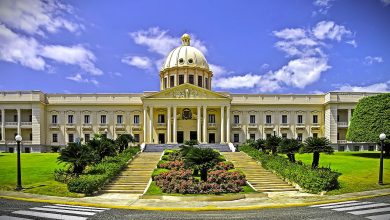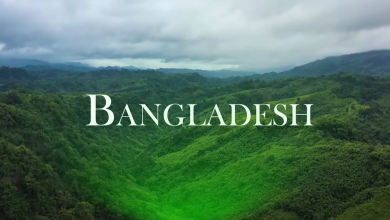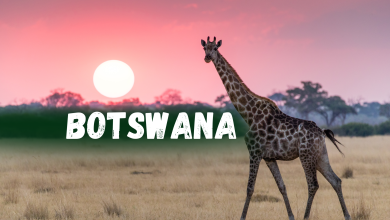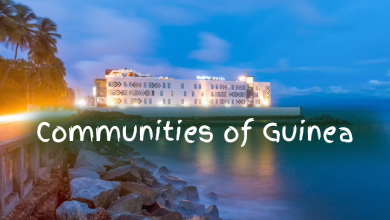Communities of Madagascar: Discover the Rich Cultural Diversity
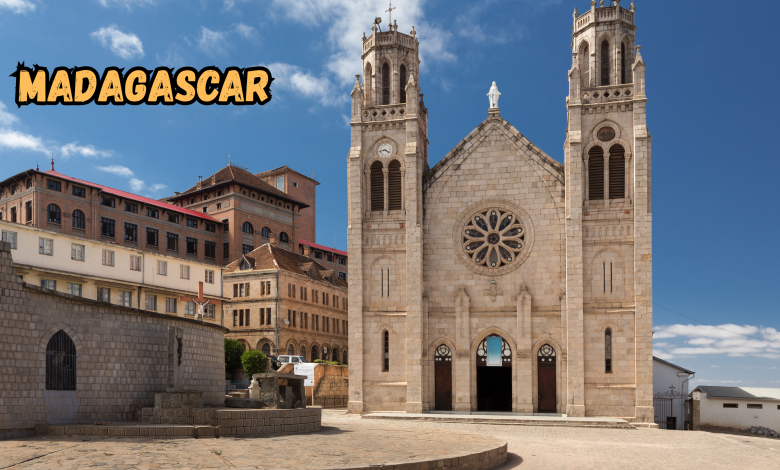
Communities of Madagascar is an island in the Indian Ocean. It is famous for its multiculturalism. Every village is distinct in its own traditions and cultures. In this story, we will look at several of them.
The Merina Communities of Madagascar
It constitutes one of the largest community in Madagascar. They are settled in the interior highlands. They are also farmers. The Merina cultivate rice, which is their staple food. They also trade, and they work as craftsmen.The Merina are a people of culture and history. They were the lords of a mighty kingdom. There houses are traditional and are all made of wood with a very steep roof. There are numerous festivals of the Merina. These are such as music, dance and traditional rites.
The Betsimisaraka Communities of Madagascar
The Betsimisaraka are located along the east coast. They are known to be fishermen. They also cultivate crops such as vanilla, and cloves. Sea is dominent factor in the life of the Betsimisaraka. They worshipped spirits that live in the water.Their homes are constructed on stilts to avert flooding. The Sambatra is celebrated by the Betsimisaraka. It’s a big smile that is celebrating togetherness! On this festival family get together and dance and sings the traditional songs of their family.
Vedio Credit: Best Travel
The Sakalava Communities of Madagascar
The Sakalava people are an ethnic group of Madagascar. They are most famous for herding cattle. Their zebus are highly prized among the Sakalava. They eat them, trade them, and host ceremonies.The Sakalava are very traditional. Rituals honor their ancestors. Their homes are constructed of natural materials, such as wood and straw. The Fitampoha festival is celebrated by the Sakalava. It includes a royal bath ceremony and traditional music.
The Antandroy Communities of Madagascar
The Kenyanika clan – Antandroy live in the south of Madagascar. They are often found in a dry and waterless ground. The Antandroy are experts in enduring extreme conditions. They keep goats and cattle, for food and for trade. The people’s homes are humble and often natural. Oral tradition The Antandroy have a very long oral tradition. They have stories and songs that they use to preserve their history. Famadihana festival The Antandroy practice the Famadihana festival. It is a happy time when they worship their forefathers.
The Bara Communities of Madagascar
The Bara inhabit the south-west. They are also a good people as stockmen go. The Bara are also hunters. They go hunting for wild animals, using primitive techniques. Their houses are of mud and thatch. They are a highly communal society, the Bara. They are there for each other, in good times and bad. Bara (Sāvika) of the Bara. All the classic bullfighting is there, punctuated by music.
Read more- Communities of Peru: Discover Rich Cultural Heritage
The Betsileo Communities of Madagascar
The sky dwellers in the central highlands are the Betsileo. They are expert farmers. The Betsileo grow rice and other crops. They use terraces for their field cultivation. Their houses are of timber with high gable roofs. The Betsileo culture is a highland culture for the Betsileo ethnic group. They perform traditional dances and songs. The Betsileo observe the Alahamady Be festival. It is the Malagasy New Year.
The Antanosy Communities of Madagascar
The Antanosy live in the south-east. They are skilled fisherfolk and farmers. The Antanosy grow rice and manioc. They fish in both rivers and the ocean. Their homes sit on stilts to defend against floods. The Antanosy highly esteem the nature. They believe in spirits of the land and the water. “New things”) The Antanosy celebrate the Tranovato festival. It’s their cultural history.

Credit: www.newsecuritybeat.org
The Tanala Communities of Madagascar
The Tanala people inhabit the rainforests of eastern Madagascar. They are wise for their knowledge of the forest. The Tanala are honey and medicinal plant collectors. They are also involved in Jhum,cultivation. They live in huts of bamboo and thatch. The Tanala have many stories. They tell stories and sing songs to pass down their history. The Joro festival is observed by the Tanala. It includes a number of traditional dances and customs.

Credit: www.businesswire.com
The Vezo Communities of Madagascar
The Vezo people reside in the southwestern part. Trees and wave patterns and fishermen and sailors. The Vezo are a people who sail traditional wooden pirogue. They fish in the Indian Ocean and in rivers nearby.
Their homes are near the water. The Vezo’s relationship with the sea runs to the bone. They believe in spirits that protect them during fishing. The Vezo people celebrate the Fisemana festival. It is a tribute to their fishing way of life. A wide variety of peoples inhabit Madagascar. There is an individual culture and set of traditions for every community. There are the combined heritages of Madagascar. To read more about other communities, go here.
Madagascar has some of the most interesting communities, cultures and traditions. Both lead their separate lives. And so it’s a peace with the earth. They do it with pride. Visiting the villages and communities of Madagascar is a walk through time. It’s an opportunity to experience different ways of living life. It is an occasion to celebrate Madagascar’s rich culture.
F A Q
The Dominant Ethnic Groups Of Madagascar
There are many ethnic group in Madagascar; hence Madagascar is full of diversity such as Merina, Betsimisaraka, Sakalava and so on.
What Are The Living Of Madagascar Communities Like?
Madagascar’s communities are primarily rural, engaging in agriculture and fishing.
What Language Is Spoken In Madagascar?
The languages spoken are mostly Malagasy and French.
Do They Have Traditional Dances In Madagascar?
yes,so the traditional dances like the Hiragasy are quite well known.

